Brass tacks: 5 things that go into running Australia’s biggest mobile network
We’ve invested a lot of time and money growing Australia’s biggest mobile network. It’s 1 million square kilometres bigger than anyone else’s in the country, and it’s built into everyday digital life.
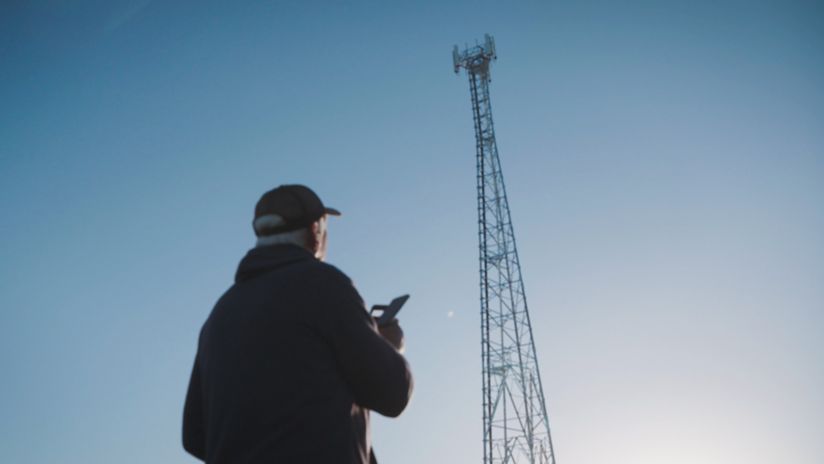
It’s more than just apps and content to your smartphone - although those are super important. Behind the scenes, our network is used to connect traffic infrastructure, healthcare, government support, mining, agriculture, public safety, and more services that we rely on every day.
Maintaining that network and making sure that it stays on-the-air for all these important jobs is crucial, and it’s more complex, and constant than one would think.
Here are five things that go on behind the scenes that make powering Australia’s largest network an important job.
1. Everyone’s using way more data
.gif)
Pandemic lockdowns shifted everything online, and data usage on our network surged. Even now, Australians use significantly more data than pre-pandemic attributed to an ever-increasing suite of smart devices in people’s homes.
Thanks to the hard work of our people, our network has kept up with this incredible demand. Over the five years to the end of FY24, traffic on our network has increased by approximately 3.5x and continues to grow by an additional 20 per cent every year.
Think of it like a highway: you can’t double the traffic and expect the driving experience to be the same. To that end, we’ve had to widen the road, so to speak.
We've invested billions in network infrastructure; upgraded our 4G footprint to be equal to 3G before the network is closed in the coming months, and 89% of the Australian population is now covered by our 5G network.
2. Your network is powered by our people
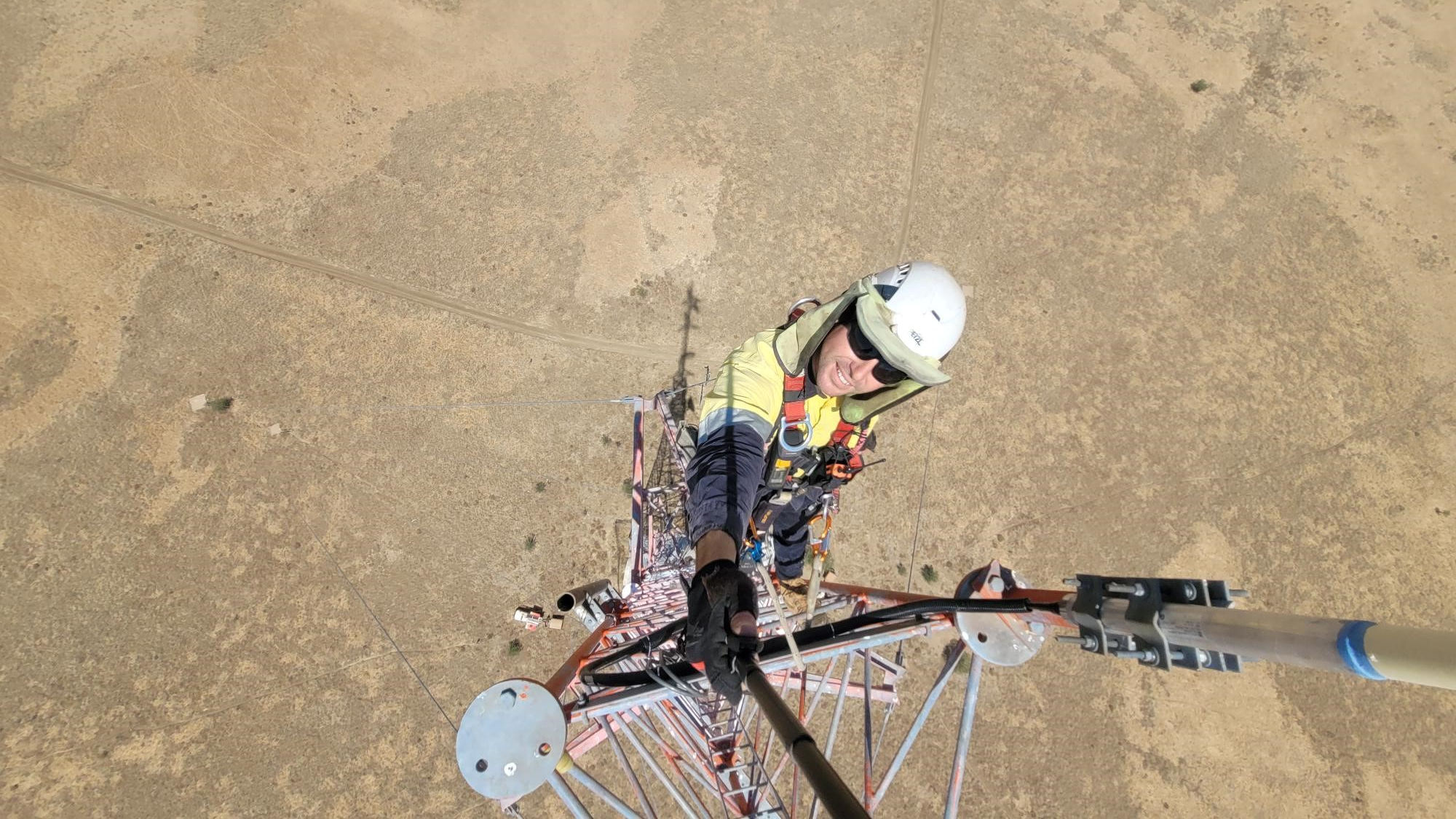
On average, people pick up their smartphone between 100- and 150-times per day to use data, make calls, snap pics and more. A lot of interactions you make on a phone these days need strong connectivity and low latency for a fast response, and our team works around the clock to keep our network running.
With over 11,000 sites, the job of our technicians and field teams is more than just tightening bolts—they support reliable service across the country.
Our people are out in the field every day climbing towers, maintaining power infrastructure, working on upgrades and connecting remote communities all over the country.
3. Keeping people connected through natural disasters
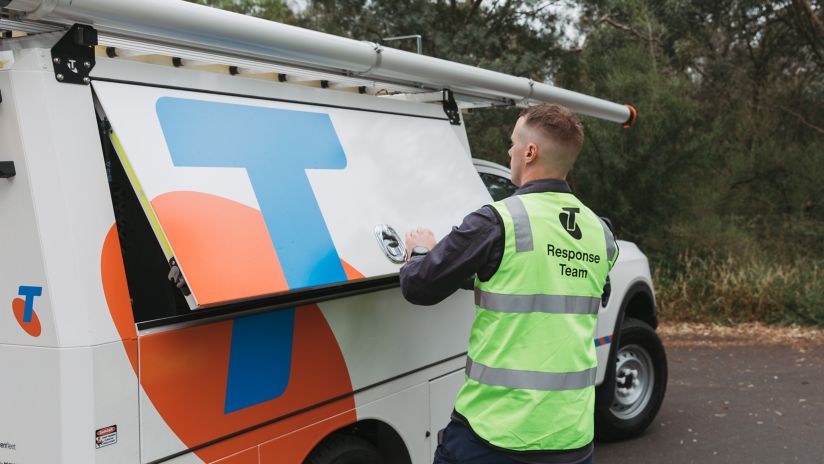
We’re there supporting Australians during fires, floods, cyclones, and other extreme events. In preparation for disaster season, we proactively send recovery equipment like mobile Cells on Wheels (also known as CoWs) and portable generators around Australia. That way they’re ready when needed and can be put into service quickly for disaster-affected communities.
As soon as it is safe to do so following natural disasters, we deploy temporary infrastructure to help keep you connected. While our network and other infrastructure like electricity can be affected during a natural disaster, we find ways to reconnect affected communities with satellite support, trailer-mounted high-powered generators, and get to work to restore normal service as quickly as possible.
Our teams travel by trucks, trains, planes, and helicopters to get to where they’re needed most, ensuring people can call for help and connect with loved ones.
We also swing into gear to help folks in disaster-affected areas, providing billing relief and other Disaster Assistance measures which are bestowed automatically.
4. Maintaining the biggest subsea cable network in Asia-Pacific
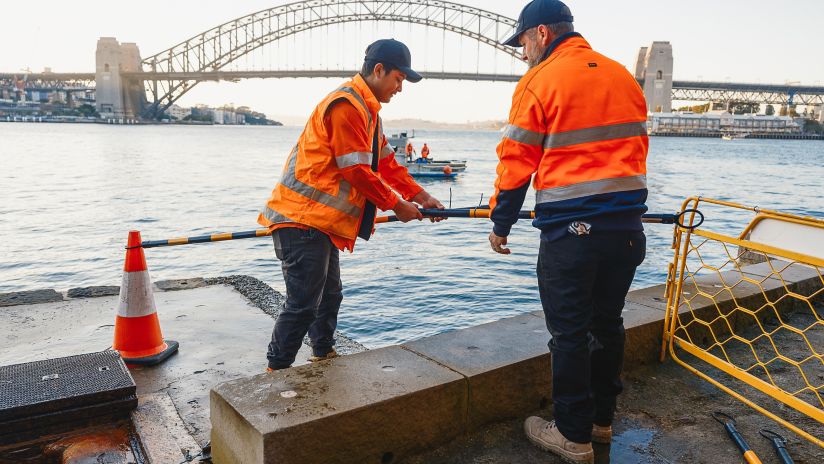
Work and leisure come together on our phones, which is why we’re spending more time on them than ever. Time spent on our devices is going up and up every year, with daily average screen times up to between four and six hours per day. It might surprise you though that most of your content comes into Australia over cables deep under the ocean waves.
We manage one of the largest subsea cable networks in the Asia-Pacific. If you stretched it out end to end, it’s greater than the distance between Earth and the Moon!
Making sure these cables stay safe, undisturbed and uninterrupted takes huge amount of work. If something goes wrong, our crews are in boats and piloting robotic submarine drones to restore vital connectivity.
We’re also investing in new cables to make sure that our country has the data connectivity it needs with the rest of the world for that massive explosion in data we talked about earlier.
5. A suit of cyber-armour around the nation
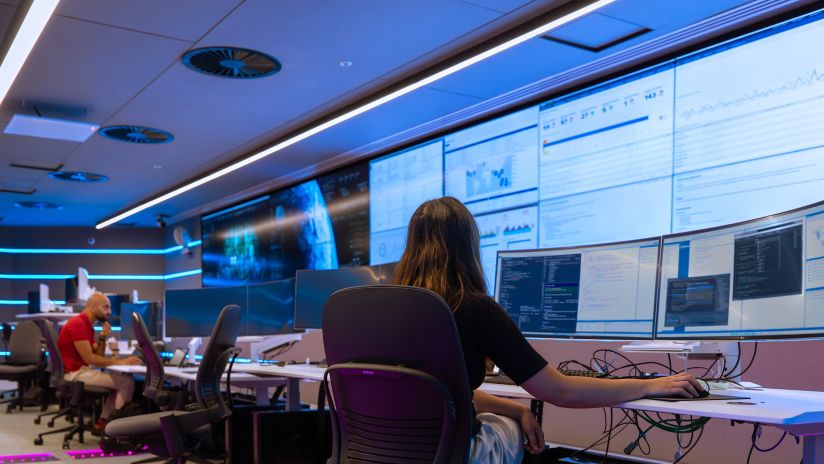
Our round-the-clock monitoring teams use AI and machine learning to fend off cyber threats, helping keep scams at bay and providing peace of mind for our customers.
Scammers try to steal our personal and private data every single day. There’s been a rise in scam activity in recent years and our internal cyber security team works quickly to identify and block emerging scam techniques or threats before they can affect more Australians. We work hard to try and stop these criminals before they can reach you or the nation’s vital infrastructure, and that requires constant vigilance on the part of our cyber experts.